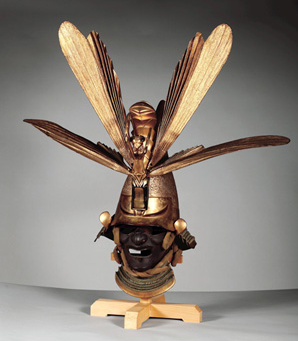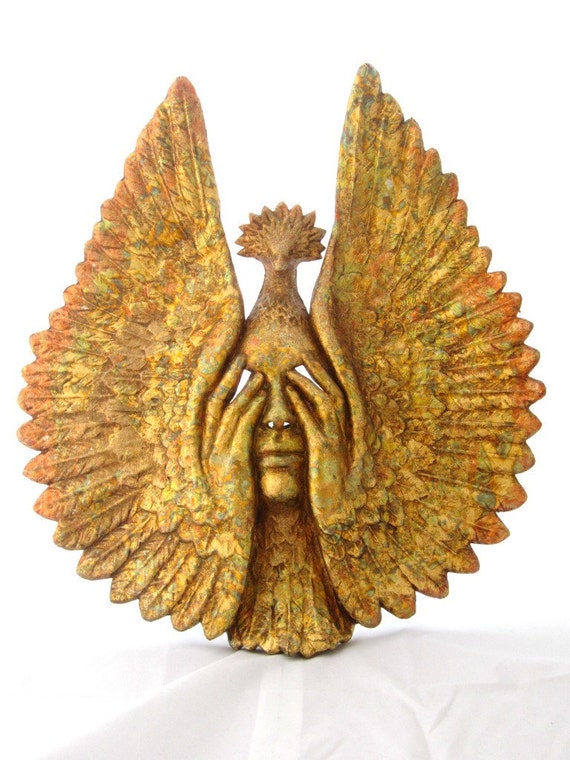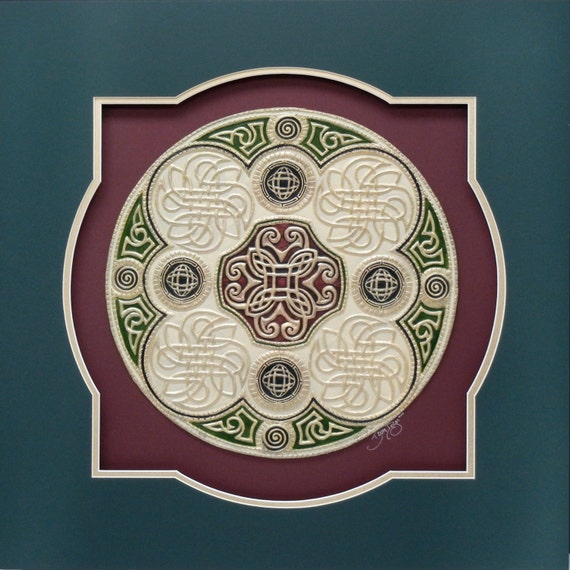I’ve decided to take my work to the 3rd Dimension – adding literal depth and texture to my artwork.
There are many ways of doing this, and I’ve been pondering
the possibilities.
There are a couple of considerations I have from the get-go
that will determine which materials and methods to use.
- Most of my work is sold online and shipped to buyers, so I don’t want my pieces to be too heavy or too fragile, both of which make packing and shipping more expensive and risky as far as damaging unique and irreplaceable items.
- I prefer to create ready-to-display pieces that don’t require framing. I’ve heard numerous tales of people buying prints or original art, excited to put it up in their homes, only to realize that matting and framing the piece would cost another $100+, often resulting in the artwork languishing as other priorities are attended to.
So…I need something lightweight
and sturdy, that’s ready to hang or display as-is.
These requirements eliminate a lot
of materials, including earth-based clays and ceramics, plaster and cultured
stone.
Possibilities that meet these
requirements include some resins and various plastic formulations, especially
foam-based ones, which reduce weight by replacing much of the bulk with air
bubbles.
However, working with these
chemicals often requires ventilation, special equipment, etc. Waste material cannot be recycled. It can also be expensive.
Another option that I find
particularly intriguing is cast paper.
Basically, this is paper pulp that
is pressed into a mold to shape it.
There are numerous artists working in this medium, using a number of
different formulations and techniques.
The basic recipe is just any old paper that is torn into small pieces, soaked
and blended with water in a blender to break up the fibers. This watery pulp is then pressed into a mold
and the water removed using sponges and evaporation.
There are also numerous additives
that folks have experimented with to add different properties to the paper pulp
– including glues, starches, wallpaper paste, joint compound, clays and
plaster.
This fortified paper pulp (and/or
strips) is generally considered paper maché,
an ancient sculptural medium that is unfortunately not terribly well-respected
these days. It is most commonly associated
with grade school crafts and cheap piñatas.
But this medium has a long and
interesting history.
The ancient Egyptians used it to
make coffins and death masks for their mummies.
In Asia and the Middle East, beautiful
lacquered jewelry boxes and trays were crafted.
It was also used to add decorative elements to amour and shields of
samurai warriors.
 |
| Eboshi-Shaped Kabuto (Helmet) with Maedate (Crest) in the Form of a Mantis Edo period, 17th century Iron, lacquer, cord, silk, wood, gold, and papier-mâché; H. of bowl: 8 in. (20.3 cm) - Art of the Samurai at the Metropolitan Museum of Art |
In 18th century,
European architects and designers devised waterproof paper maché formulations to create cheaper and lighter decorative
elements for buildings, coaches and furniture.
It was used to skin wood-framed
canoes and observatory domes and even to make projectiles fired from guns and
artillery cannons.
 |
| The Schenkl projectile, used in the American Civil War, used a papier-mâché sabot |
Other wartime uses included military aircraft fuel tanks made from plastic-infused paper, and paper maché combat decoys of tanks and soldiers that were used to draw enemy fire and help locate shooters.
It has a long history of use in the theater – from scenery and props to masks, costume pieces and puppets. Today is it used to build elaborate carnival floats, lampshades, dolls and effigies of saints and gods that are often burned in sacred rituals.
And it has always
been used to make art. Paper maché lends it self to art with
colorful, primitive, folksy qualities that most people usually associate with
the medium, but there are amazing things being done in this with it that go far
beyond humble figurines and school projects.
 |
| Oaxacan animalito figure (couldn’t find artists credit) |
 |
| https://www.etsy.com/listing/77341374/phoenix-is-rising-venetian-mask?ref=shop_home_active |
 |
| Troll by Kim Graham http://kimgrahamstudios.com/index.html |
 |
| Las Fallas festival sculpture |
But the artist that is doing stuff closest to what I have in
mind is Celtic artist Kevin Dyer.
He sculpts his original design in wax, makes a mold and uses
paper pulp to make a casting from the mold. He then hand-paints each cast. The results are lovely. The paper creates a bas relief with an almost
porcelain finish, and brings dimension and definition to his complex knotwork compositions.
 |
| Celtic Wheel of Life paper cast by Kevin Dyer |
I’d like to do something similar, but less fragile. I’d like the finished pieces to have the
solidity of a plaque or heavy plate that can be hung directly on a wall or
set on a display easel.
One material I've been looking into is called Sculptamold. Sculptamold is a blend
of paper pulp and plaster, which is non toxic and air-hardens to a very
lightweight, strong and durable material. This would seem to be an ideal casting medium, but the texture is rather coarse and lumpy.
I want my surface to be finely textured to grab the fine details of my designs. The finest paper pulp I've come across is called cotton linters. This is the tiny fibers that are left behind on the cotton seed after ginning removes the longer cotton fibers from the seed. It is naturally acid free, an important consideration for creating long-lasting fine art. Only paper made from wood pulp has the dangerous acidity that can discolor and degrade paper over time.
So my idea, after much research, is to use fine cotton pulp for the surface layer, and use the Scuptamold to “fill” the cast, adding bulk and sturdiness.
So my idea, after much research, is to use fine cotton pulp for the surface layer, and use the Scuptamold to “fill” the cast, adding bulk and sturdiness.
Theoretically, I think this combination will give me the
fine texture and detail I envisions as well as the structure and durability I
desire.
Of course, it might not work as I hope. Air-dry materials tend to shrink and warp,
and combining two different materials may well result in unforeseen difficulties.
But that’s what experimentation is for!
I just received my shipment of cotton pulp, Sculptamold and mold-making
materials. I’ll be getting to know these
materials and testing my theories (and making a mess, I'm sure). I’ll
let you know what I discover!
After Christmas, I should have some funds to get some exciting new art supplies to finish my casts and make them shine!
After Christmas, I should have some funds to get some exciting new art supplies to finish my casts and make them shine!

No comments:
Post a Comment
We'd love to hear your feedback - please feel free to leave comments for us!